Electronics “on” and “off” States
Lab: Basics of Digitizing Data
Video Runtime: 12:11
This episode continues our discussion on the Basics of Digitizing Data. In this episode, you will learn about the electronic circuitry of a computer. At the most basic element within your computer is the switch. It’s on or off, just like the light switch on your wall. On is 1 and off is 0.
Your key takeaways are:
- Computers handle digital signals
- Signals are electrical voltages
- Digital allows us to best represent the real world within a finite machine
- A digital “off” state is represented as 0
- A digital “on” state is represented as 1
- You can combine circuits to achieve a pattern of 1s and 0s
Study Notes
Computer circuitry is digital:
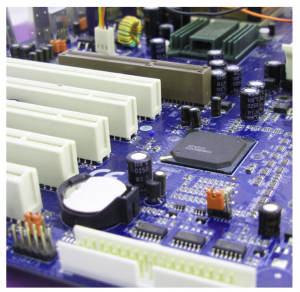
Digital vs. Analog
What is digital?
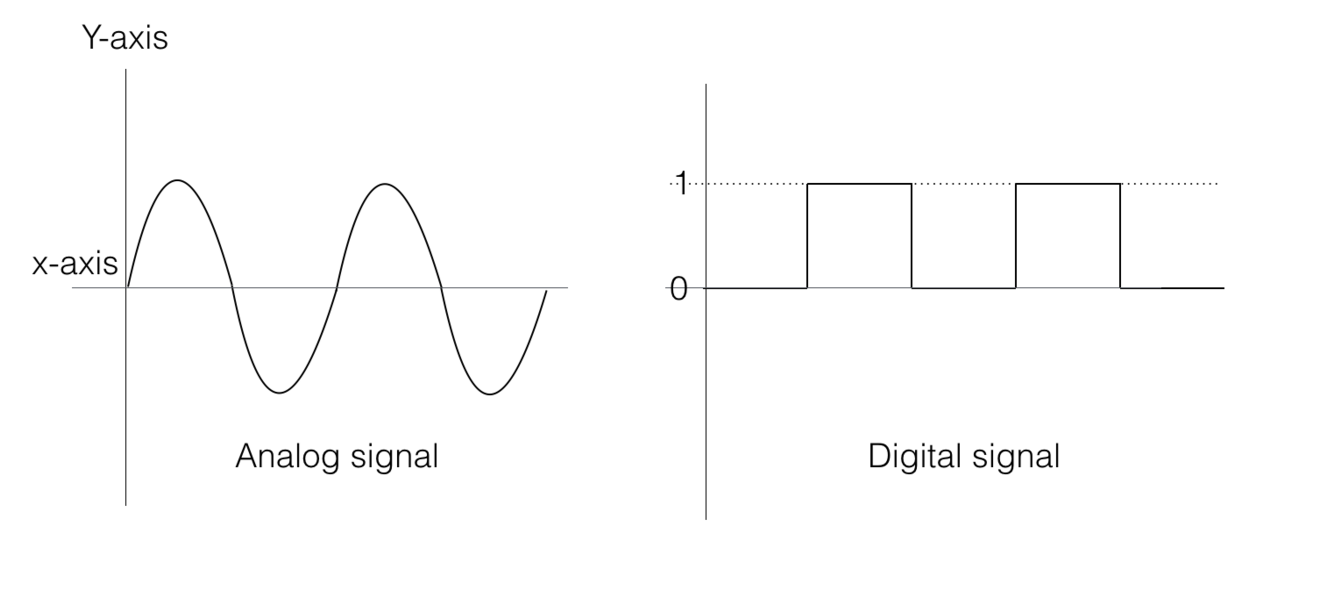
These are the main distinctions between Analog and Digital signals:
Analog Signals
- Continuous flow of data
- Infinite flow of data
- Proportional to the real world
Digital Signals
- Digital is discrete and finite
- Digital has 2 states
Why Digital?
- Computers can only handle so much information
- Allows the computer to store and process data and instructions
- Breaks up information into separate elements
What is an off state and an on state in electronics?
An off state -> 0 (also a “false” state)
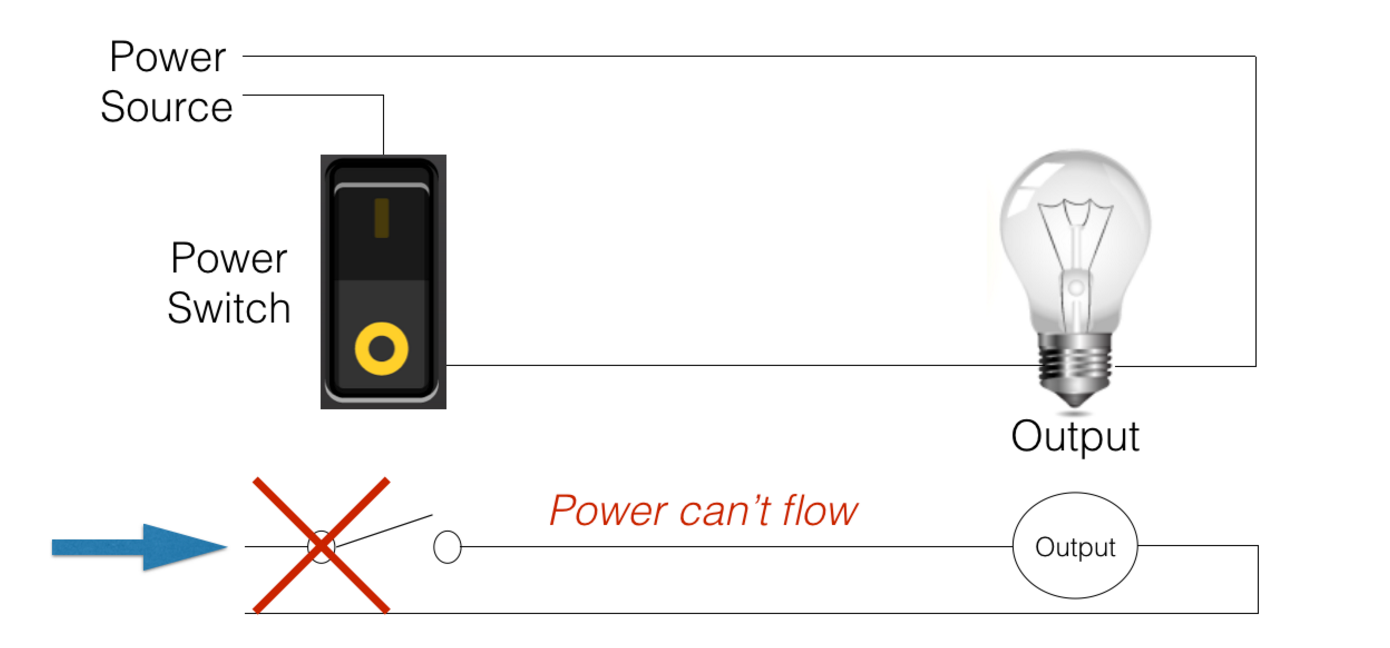
An on state -> 1 (also a “true” state)
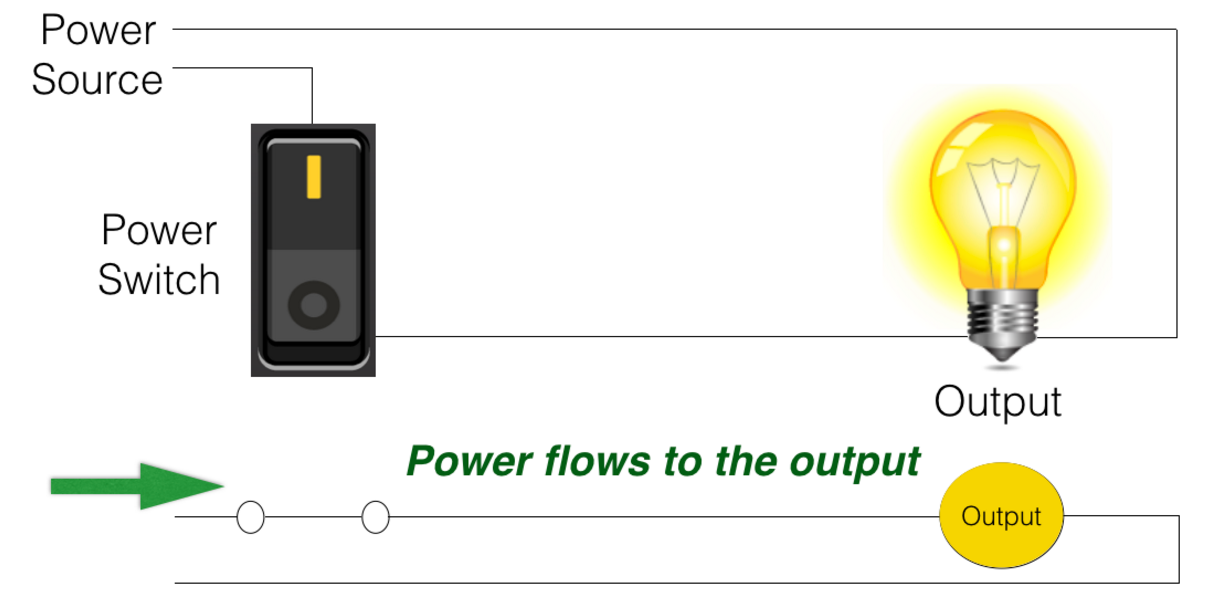
Convert the following into 1s and 0s:
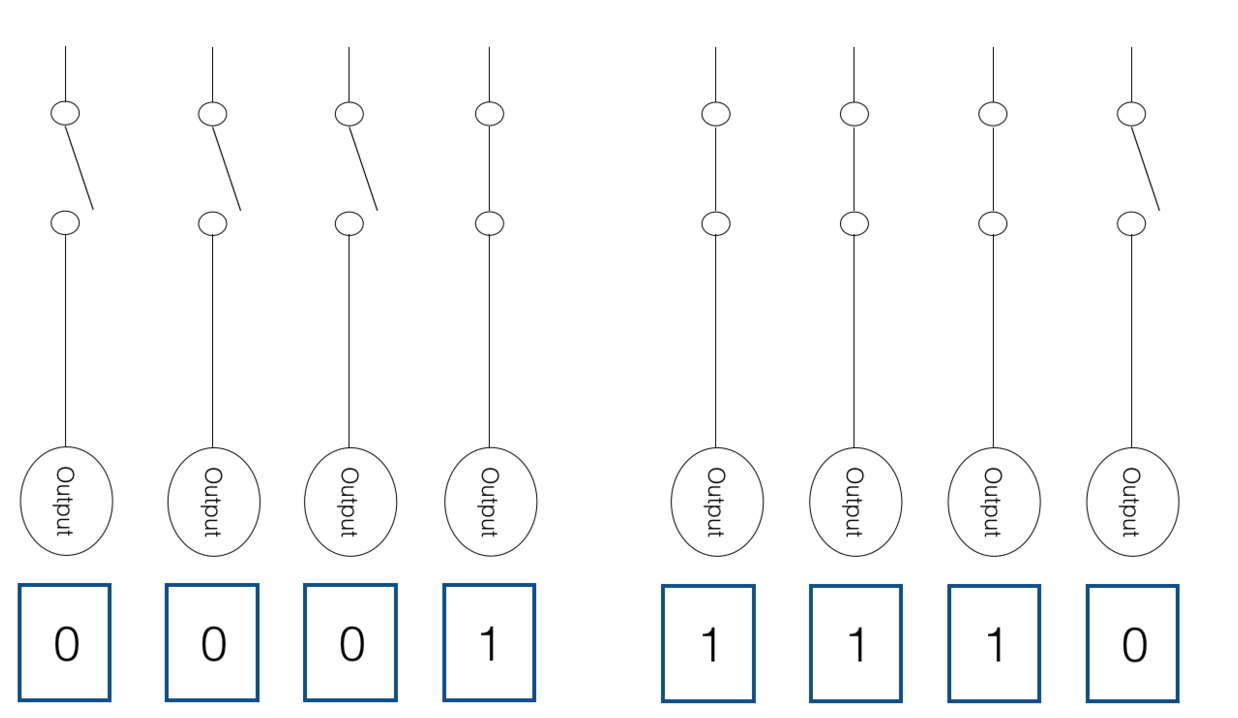
This is 8 bits, the basics of computer circuitry.
If you listen carefully, you can hear the 1s and 0s flowing in your computer.
Episodes
Total Lab Runtime: 02:59:07
- 1 Lab Introductionfree 03:56
- 2 Electronics “on” and “off” Statesfree 12:11
- 3 Symbol to Represent Quantityfree 14:26
- 4 Number System for Statefree 12:44
- 5 Binary – Combining 1s and 0sfree 19:25
- 6 Improving Binary Representationfree 13:45
- 7 The Age of 16 Bit and Hexadecimalfree 15:15
- 8 Binary Additionfree 03:59
- 9 Negative Integer Data Representation - Part 1free 10:06
- 10 Negative Integer Data Representation - Part 2free 18:42
- 11 Real Number Data Representation - Part 1free 17:12
- 12 Real Number Data Representation - Part 2free 10:18
- 13 Textual Data Representationfree 08:47
- 14 Digital Image Data Representationfree 18:21
